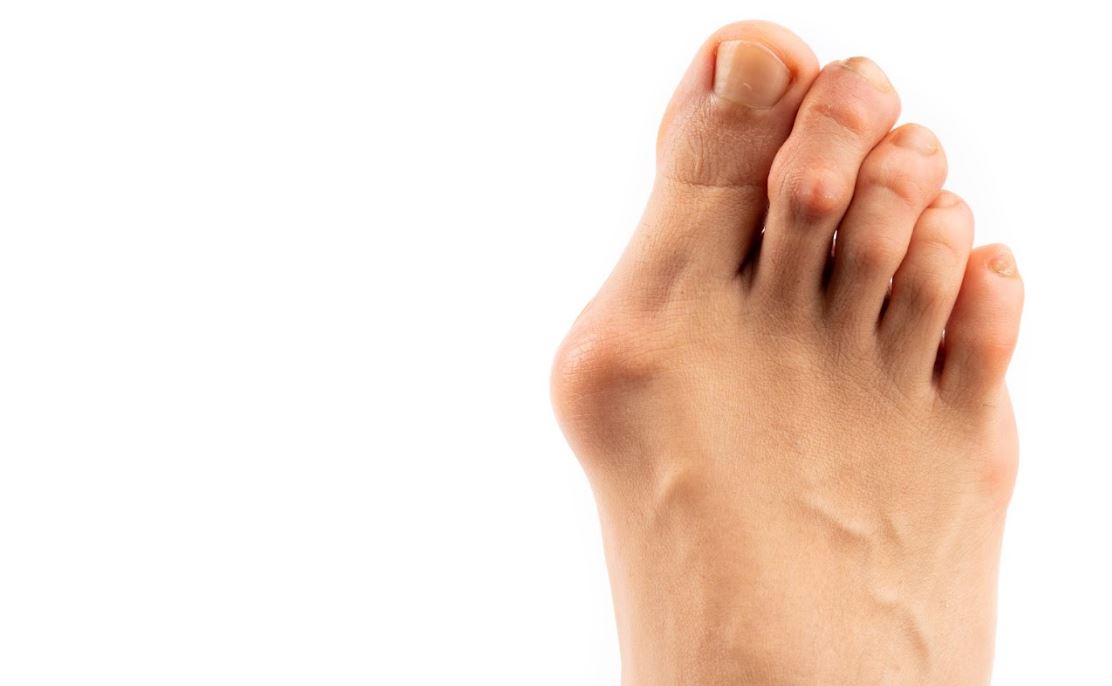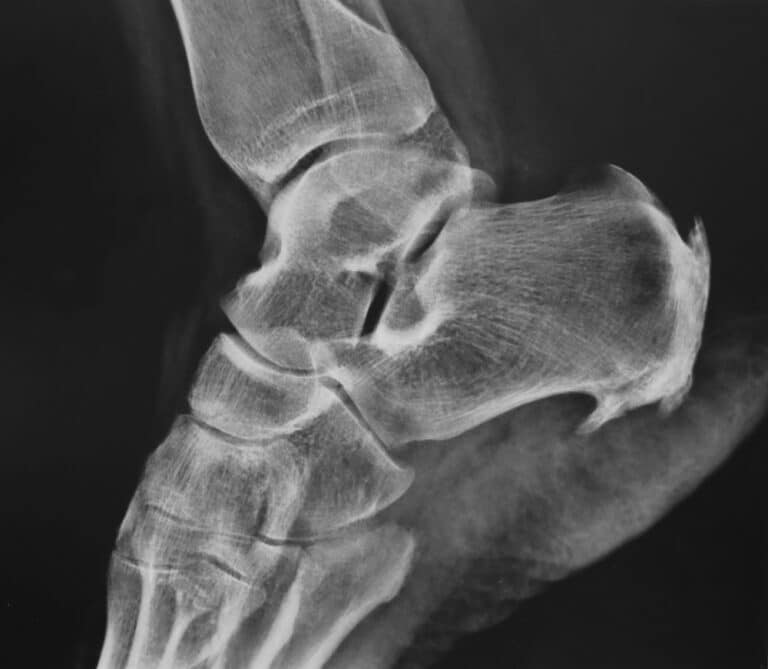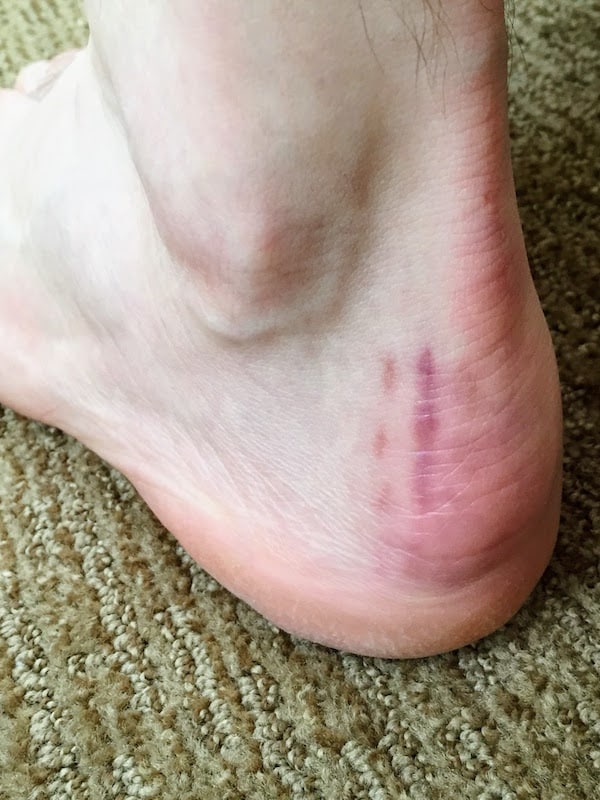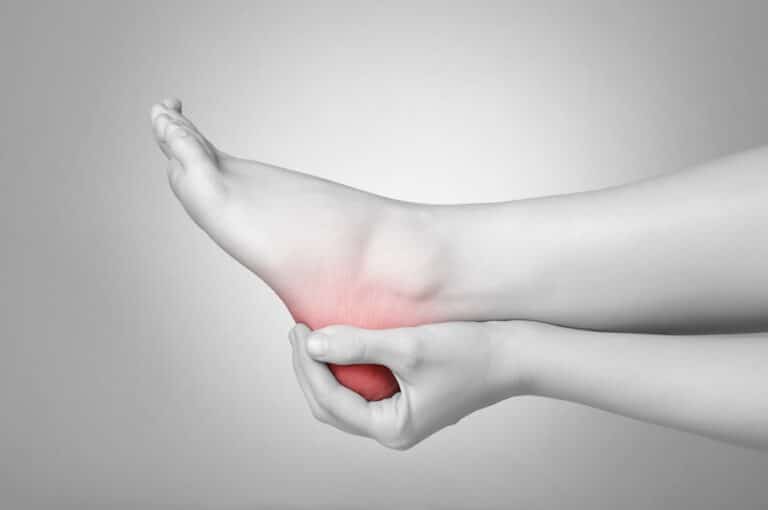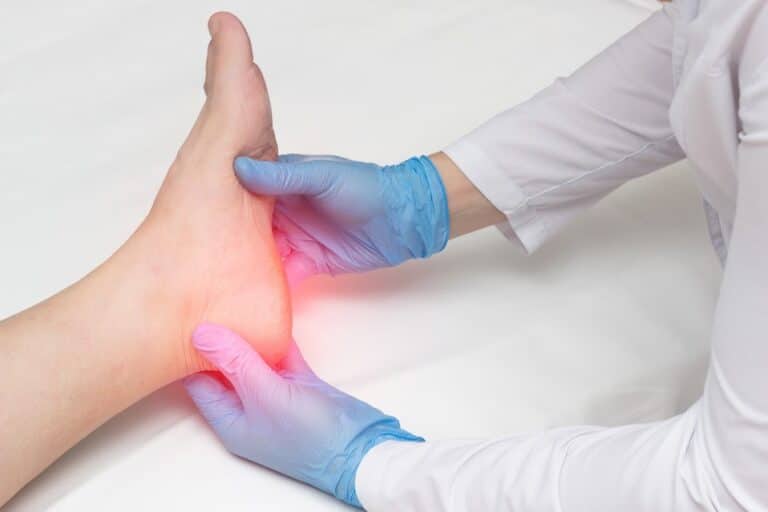Hammer toe and bunion are two of the most common foot deformities that cause plenty of problems for those who suffer from them. Still, many people confuse these two conditions. What do you know about hammer toe vs. bunion – what are the differences between them? If you want to find out more about these foot problems and how they are treated, keep reading.
Hammer Toe vs. Bunion – What’s the Difference?
Bunion vs. hammer toe – why do people confuse them so often? While it’s true that both are deformities that cause plenty of pain and discomfort when weight-bearing, walking, or doing any kind of exercise, these two medical conditions aren’t the same.
Hammer toe (otherwise known as a mallet toe or claw toe) means that one of the lesser toes is permanently bent at a certain angle. The curled toe can’t be straightened and causes pain because of the pressure on the adjacent toes or pressure when wearing shoes. Over time, the hammer toe becomes more and more rigid.
A bunion deformity is a protrusion on the inside of the foot caused by an irregular position of the first metatarsal bone. This leads to deviation of the big toe – it turns towards the second toe, putting pressure on it (which can eventually cause the second toe to become a hammer toe). The bony bump puts pressure on the shoe, and these two problems combined cause pain.
Treatment for Hammer Toe
While patients would probably prefer non-surgical methods, the only permanent solution for this condition is hammer toe surgery. There are some non-surgical methods that are a bit helpful, but they can only be used to improve symptoms – these include custom shoes, toe straighteners, and physical therapy. Your doctor will tell you what is best for you – but surgery will be the first choice in most cases.
Treatment for Bunion
Bunion surgery is the only way to get rid of bunions permanently. There are a few types of bunion surgeries – the one that will work best for you depends on the severity of the case and the reasons why the bunion developed in the first place. Sometimes, there are problems after bunion surgery that may require an additional procedure to fix the deformity entirely.

How to Know What Kind of Operation Is Right for You?
Obviously, the surgical approach will differ based on what deformity you have. When your doctor diagnoses you, they will do a detailed assessment of your condition and decide what kind of surgery can address your problem in the best way.
Get a 10% Discount on Minimally Invasive Hammertoe Surgery Today
The severity of the case plays a role in deciding what technique the surgeon will use, but keep in mind that the reasons why the deformity has formed are also essential. Your doctor has to check everything and figure out if there are any underlying conditions that can favor the formation of foot deformities. This can affect which surgical technique will be chosen.
What Can You Expect After Surgeries?
What happens after your surgery is completed? Both of these deformities require minimally invasive surgeries – they are outpatient procedures, which means you’ll be back home the same day. Still, you won’t be able to go running after surgery immediately – there is a recovery period during which you’ll have to take it easy and rest until the incision heals (and bone – if the procedure included cutting the bone).
In most cases, your doctor will provide you with a special, custom-made surgical shoe that will protect the foot and help it heal properly. Some patients might need crutches to get around in the first few days or weeks. Pain after surgery is normal, and usually, it’s mild. You will be given pain medication that will help you. Swelling is also common, and it shouldn’t worry you – elevating the leg should bring the swelling down. Minimally invasive procedures have an approximate recovery time of six weeks.

Consult With a Surgeon in Miami If You Don’t Know Which Procedure Is the Best For You
If you’ve been struggling with a hammer toe or a bunion, you are probably thinking about reaching out to a medical professional. We at the Luxe Foot Surgery clinic have a skilled and experienced professional who can help you get rid of unpleasant foot deformities. Our doctor will evaluate your condition and explain the treatment plan. Contact us to book your free consultation – you can call our office or fill out an inquiry form on our website.
FAQ
Is a Hammer Toe the Same as a Bunion?
No, hammer toe and bunion aren’t the same things, but they can occur at the same time. Both are foot deformities, though. A bunion is a bony protrusion at the inside of the foot, formed as a result of an irregular foot alignment – the problem is the position of the first metatarsal bone. Hammer toe, or claw toe, is a condition where one of the lesser toes (usually the second one) is permanently bent at a certain angle and can’t be straightened.
Is Hammer Toe Caused By Bunions?
Hammer toe can be caused by a bunion, but it doesn’t necessarily have to be – there are other reasons for hammer toes. However, a bunion is one of the most common causes of a hammer toe.
Can You Correct a Hammer Toe?
Yes, the hammer toe can be corrected with surgery. Depending on the cause and severity of the case, your surgeon will decide on the best approach and the best technique to fix your condition.
Does Bunion Surgery Correct Hammer Toe?
No, bunion surgery won’t fix the hammer toe. If you have both of these conditions, you can get them fixed at the same time, but your surgeon will have to use different surgical techniques in order to fix both deformities.
